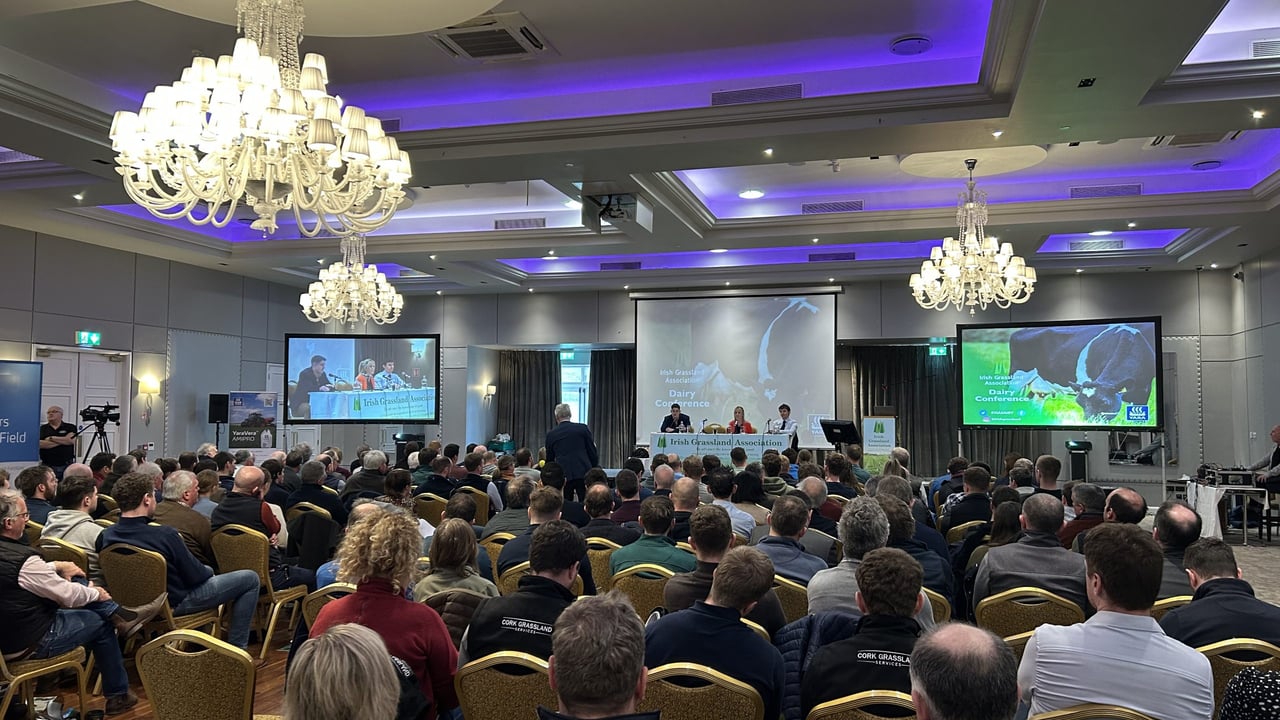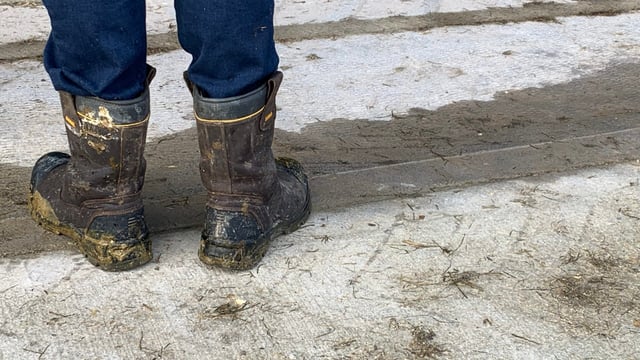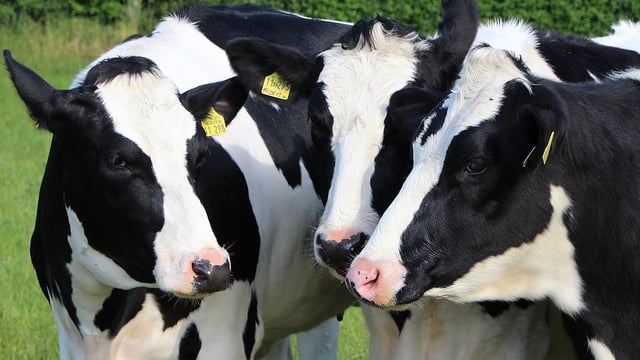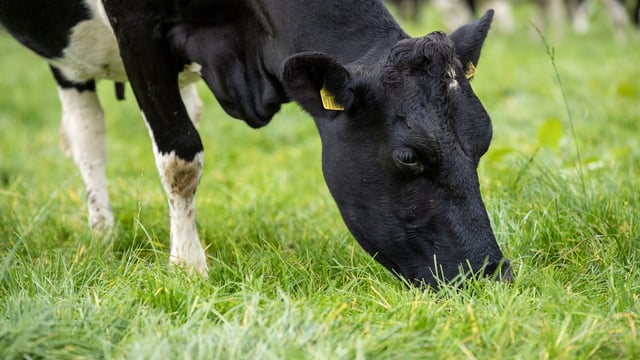IGA conference: 'Period of consolidation presents threats'
The Irish Grassland Association (IGA) National Dairy Conference kicked off today, (Tuesday, January 14) at the Charleville Park Hotel in Co. Cork.
The focus of the day was about keeping costs down in 2025 and setting your farm system up for success this spring calving season, while limiting the workload.
It was acknowledged that 2024 saw a positive end, but also showed just how much things can change over the course of a year, with indicators for 2025 suggesting positive trends will continue.
The first session began with IFA senior dairy policy executive, Aine O'Connell, laying the foundation for profitable dairy farming with three pillars stringing into this success: Breeding, feeding, and managing costs.
O'Connell mentioned that the Irish dairy sector is entering into a different period, which has been unseen since the abolishment of quotas in 2015, in which she said "this period of consolidation presents threats and opportunity".
It was highlighted that average utilisation rate in the country has declined in recent years, with a struggle observed for farmers to get over the 8t/ grass utilised.
In terms of breeding, Irish cows have went from averaging 4,00L/cow in 2000 to sending out 5,140L/cow in 2023.
Managing costs was also highlighted by O'Connell, as she mentioned that the top 10% of farmers had below 62% of gross farm income.
O'Connell went through the different key performance indicators (KPIs) that farmers need to focus on in the dairy sector's "period of consolidation", focusing on pasture utilised, forage component of cow's diet, and the fertility indicators.
She said that at the end of the day, milk price is going to dictate farm incomes and that milk price is going to be dictated by supply and demand.
The IFA senior dairy policy executive questioned whether processors are going to need diverse into more premium products and have an optimum basket of goods.
Attendees questioned whether cooperatives are doing enough to ensure that supply and demand, as few co-ops are competing against each other in foreign markets and wondered when there was going to be a time when co-ops will accumulate to secure markets.
O'Connell emphasised the importance of policy when it comes to supply and demand, as policy can either encourage domestic growth or the likes of a Donald Trump trade barrier can severely affect milk price.
Derogation remains the main threat to supply and demand according to O'Connell, as loss of derogation will see a reduction of 212,276 cows and 1.2 billion litres of milk according to the IFA.
The potential impact of losing the nitrates derogation would on average see 34 less cows per impacted farm which would accumulate to 200,000L less per farm and a reduced farm income of €38,564.
Teagasc's John McCabe highlighted the ways farmers can limit their costs of production and maximise their profit per cow by getting the paddock size right, ensuring a correct pre-grazing yield, and having an optimal stocking rate.
"If you are afraid of running tight when cows are going in at optimal covers, it is a sure indicator that you don't have enough land allocated for the rotation and you're running too high of a stocking rate.
"We need 400kg/cow or nearly 2 bales per cow of a rolling reserve of silage," he said.
Approach to cost control starts with setting the stocking rate, pricing around, depreciation around machines and buildings, embracing new technologies.
McCabe said that any surplus of money in 2024 needs to go to improving grass utilised per cow, compliance on slurry, feed space and soil fertility.
He also said that understanding the difference between highly stocked and over stocked is crucial to keep costs down in 2025 as he said "the milk production you want to drive has to come from forage utilised".
"The main thing is to have a big bulky pit of 75% DMD silage in the yard to keep the system simple", and to get out and utilise your grass when you can, was the message from McCabe.
Dairy farmer Joe Dean, who is milking 500 cows across three lease farms, highlighted his emphasis on cost control: "I don't chase that last 10% of production" in order to keep costs down."
When Dean was questioned on why he doesn't push the cows in the backend when there is a decent milk price, he explained that he would rather feed that bit extra in the late spring when you are more likely to see that pinch in grass growth and demand.
A number of questions arose from the crowd on whether leasing land to this extent was sustainable and whether it was the best option for young farmers considering the threats and vulnerability involved in it.
Dean feels that the dairy industry would not be in the same position today without leased land, as he feels it is a positive way for young farmers to get into farming.
However, he believed that there does need to be more security for farmers to have the option to buy farms, or at least get their return in investment at the end of the agreement.
The dairy farmer felt that there needed to be a tax incentive for owners of land to sell the land to young farmers getting into the industry or farmers that have been leasing the land for a number of years.





